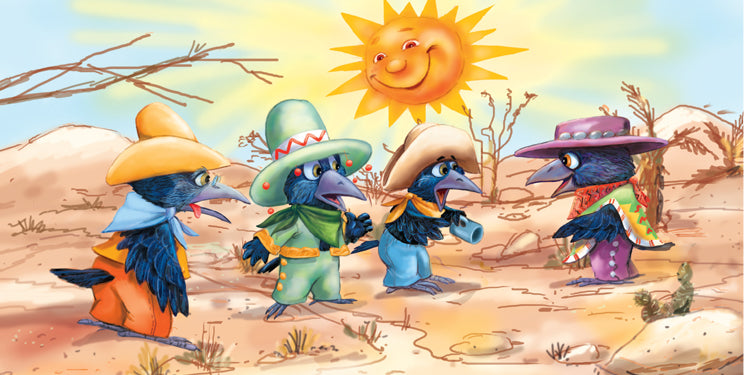 This is a guest post by Lesley Boatright, who will be contributing a series of posts over the next few months. If you like what you see here, check back frequently for more posts from here and
click here to read her blog, Practice Makes Perfect
.
This is a guest post by Lesley Boatright, who will be contributing a series of posts over the next few months. If you like what you see here, check back frequently for more posts from here and
click here to read her blog, Practice Makes Perfect
.
Today I want to talk about using paired texts to introduce and learn about a science topic, the water cycle. Not only is this an engaging way to draw the children into learning science, it nicely integrates language arts and specifically Common Core Standard RL.1.5: "Explain the major differences between books that tell stories and books that give information, drawing on a wide reading of a range of text types."
I chose to use these paired texts from the Story World Real World series that deal with water and the water cycle. The first text, the fiction text, is The Crow and the Rain Barrel , and the informational text is The Water Cycle .
I started out by displaying both texts and discussing the covers, leading the children to identify the fiction text and the informational text by the design of the cover. The lesson plan I used is available to download at the bottom of this page.
After working through all the points on the lesson plan, I gave the children a cover comparison printable to complete (this worksheet is also included in the download at the bottom of the page).
The goal of the worksheet is for the children to show that they understood how, just by looking at the cover, they could tell the genre of the text, either fictional or nonfiction/informational text. I was very pleased with the finished results.
The next day, I read the fictional text to the children, and we worked together to pull information about water that we learned from it. We weren't able to find much, just that all living things need water to live, and water comes to the Earth in the form of rain. Next week, we will read the informational text during science class, and pull out more information about the water cycle. I have projects and interactive notebook components to do with the children to reinforce what we learn. At the end of the two weeks, the children will have learned, through language arts, hands on science experiments, videos, and song, all about the water cycle, as well as sneaking in a language arts lesson about the differences between fictional and informational texts! That's a win-win!
Please feel free to download my introductory lesson and cover comparison printable to try out in your classroom. I highly recommend the Story World Real World texts, since they are specifically paired to support a topic, but you can also use any paired fictional text/informational text on the topic that you can find.
If you are interested in learning more about using paired texts, check back in a few weeks when I tackle staying safe and stranger awareness using Little Red Riding Hood and Stay Safe .
~~~
Lesley Boatright, is an Early Childhood/Elementary Education teacher from Southwestern Pennsylvania. After graduating college, she moved to South Florida, where she taught kindergarten in the Palm Beach County School District for 8 years. After having children, she decided (with her husband) that Florida was too far away from the rest of the family, and she moved back to her hometown, where she took a few years off to spend time with her son. She has been teaching in the parochial school system for 18 years now, first at kindergarten, and currently in a first grade classroom. Lesley has also taught 2nd and 3rd grade Spanish and 4th grade social studies. Visit Lesley at her Facebook page , blog , Pinterest , and on Teachers Pay Teachers to get great teaching ideas .
~~~
For more information about the Story World Real World series shown in this post, click here to visit our website , or click the image on the left below to download a series information sheet with key features. To download the lesson plan and worksheet, click the image to the right.

















































![6 Fun and Easy Activities to Practice Sequencing [Grades K-1]](http://www.hameraypublishing.com/cdn/shop/articles/Red_Typographic_Announcement_Twitter_Post-5_bf1ae163-a998-4503-aa03-555b038d1b76_600x.png?v=1689961568)
![Leveraging Prior Knowledge Before Writing and Reading Practice [Grades 1–2]](http://www.hameraypublishing.com/cdn/shop/articles/Red_Typographic_Announcement_Twitter_Post-4_600x.png?v=1689961965)




